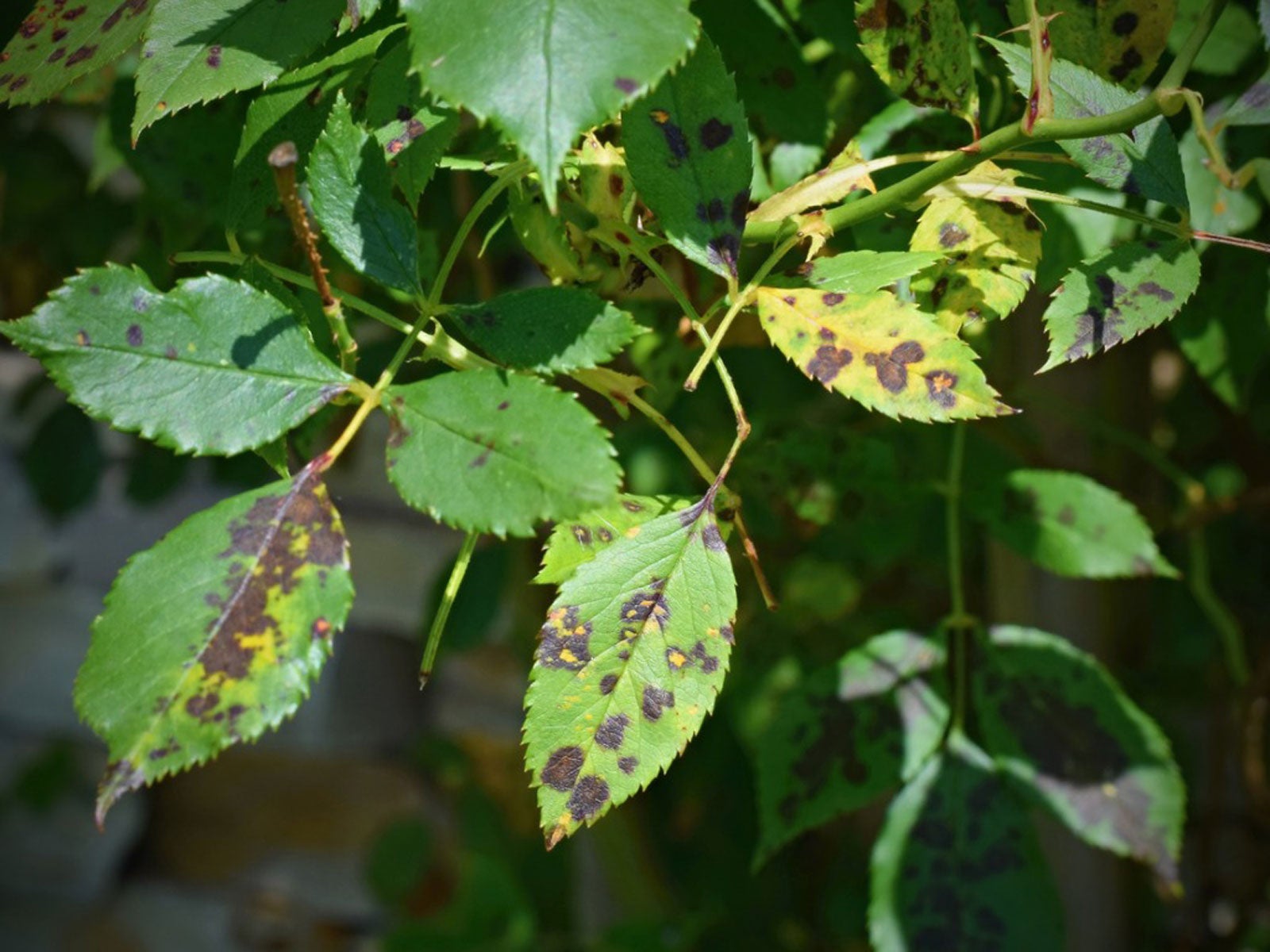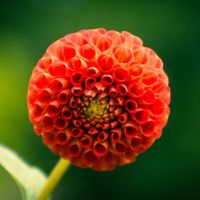Leaf Spot Diseases, Their Causes & How To Fix Them
Are you worried about leaf spot disease on your plants? Relax. Leaf spots on plants rarely cause any serious damage and are fairly easy to manage.

Leaf Spot Disease Identification, Prevention & Management
The issue of leaf spot on plants is largely one of aesthetics. It rarely causes serious damage to trees or shrubs. Leaf spot disease produces blemishes on foliage, and the term “leaf spot” includes several varieties of disease.
Leaf spots on plants often develop in cool and wet conditions, such as those in early spring. In this article, we will explore the different types of leaf spot and suggest some tips about how it can be treated.
What Causes Leaf Spots?
Fungi
Leaf spot fungi are the most common pathogens that cause this disease There are several genera of fungus associated with this disease, including:
- Alternaria
- Ascochyta
- Blumeriella
- Colletotrichum
- Entomosporium
- Mycosphaerella
- Phyllosticta
- Septoria
- Tubakia
- Venturia
Bacteria
Less commonly, bacterias can cause leaf spot disease. Two of the most common types of bacteria that cause leaf spot are Pseudomonas and Xanthomonas.
Other Pathogens
Sign up for the Gardening Know How newsletter today and receive a free copy of our e-book "How to Grow Delicious Tomatoes".
Even less common is leaf spot caused by a foliar nematode. Nematodes are microscopic organisms similar to worms. The foliar types live on and feed on leaves. Aphelenchoides is the most common nematode to affect plants this way.
Identifying Leaf Spots on Plants
Leaf spot is fairly common in gardens. Since many different pathogens can cause leaf spot, there are many symptoms and identifying features. Here’s what to look for:
- Spots form on the upper, lower, or both sides of leaves.
- Spots have colors ranging from yellow to orange-red to light brown, brown, or black.
- Leaf spots commonly have concentric rings around them or dark margins.
- The shapes of the spots may be angular or rounded.
- Some spots are sunken or even punch through the leaf, producing a hole.
- The edges of the spots may be smooth or rough.
Spots usually appear in spring as wind and water blow fungal spores onto leaves. As the infection progresses, the spots get larger. Leaves may become so infected that they turn completely brown and drop.
How to Prevent Leaf Spots
Good garden hygiene can make a big difference in preventing fungal leaf spot. Remove any dead or dying branches from trees and shrubs. Remove and dispose of branches heavily infested with leaf spot.
Leaf spot infections require moisture to proliferate and spread, so keep leaves as dry as possible. Avoid overhead watering and keep your trees and shrubs trimmed to provide good air flow through the canopy.
Fungal spores, the most common causes of leaf spot, overwinter in fallen leaves and other plant debris. Remove and dispose of leaves and other plant material in fall, especially around affected trees and shrubs.
How to Treat Leaf Spot Diseases
Leaf spot diseases rarely get so bad that they need chemical treatment. Good cultural and preventative practices are usually adequate to prevent and manage infections. In rare cases, an infection weakens a tree or shrub, necessitating chemical control.
Cultural Control Methods
Keep areas around trees and shrubs clean of dropped foliage, especially in fall, so that there are fewer spores to infect plants. Remove any heavily infected branches and avoid overhead watering to keep leaves dry. Space trees and shrubs appropriately so air can flow between them.
Healthy shrubs and trees are better able to resist infections. Keep plants healthy by watering as needed, particularly during droughts. Identify and manage any pest infestations. Avoid damaging trees and shrubs, which can leave wounds open to infections.
Test the soil to determine if plants could benefit from amendments or fertilizer. Do not apply fertilizer randomly; too much fertilizer promotes young growth, which is more susceptible to infection and pests.
Chemical Control Methods
Organic and earth-friendly fungicides are available to treat the most common types of leaf spot. Unfortunately, once you notice signs of infection on leaves, it is too late in the year for them to be very effective. You can spray the following year in early spring. For the best results, contact your local extension office for advice. You might need to identify the exact leaf spot fungus or other pathogen to select the right chemical.
Leaf spot is not attractive, but it rarely causes serious damage. Use good prevention and cultural practices to limit the spread of disease. When all affected parts are removed, a spray of neem oil can help prevent leaf spot.

Jackie Rhoades began writing for Gardening Know How in 2010.

